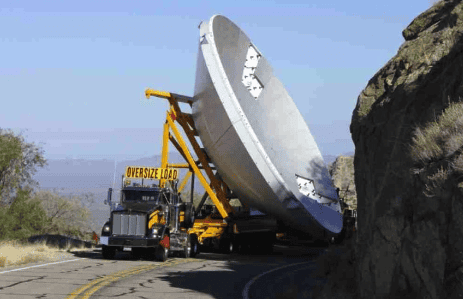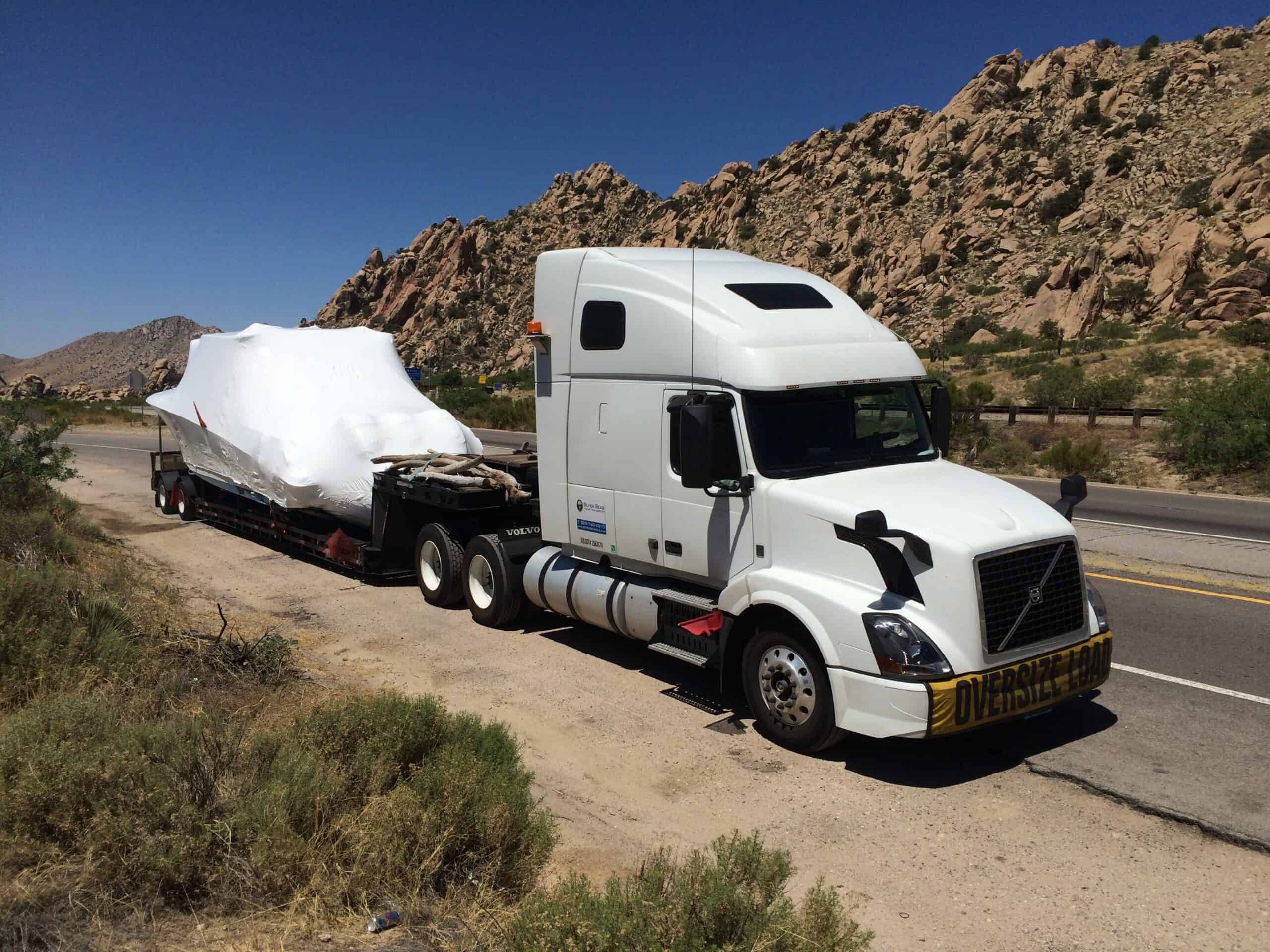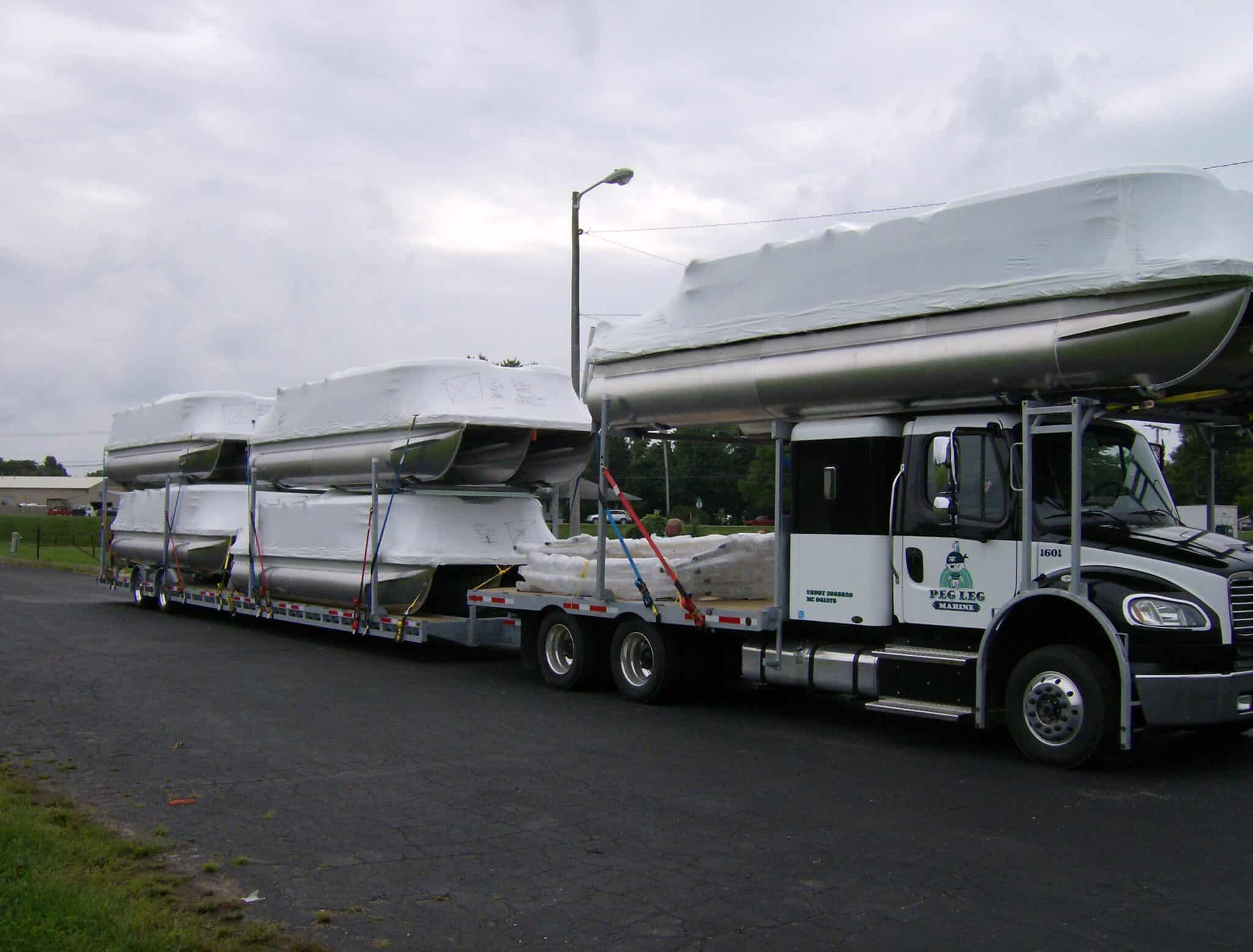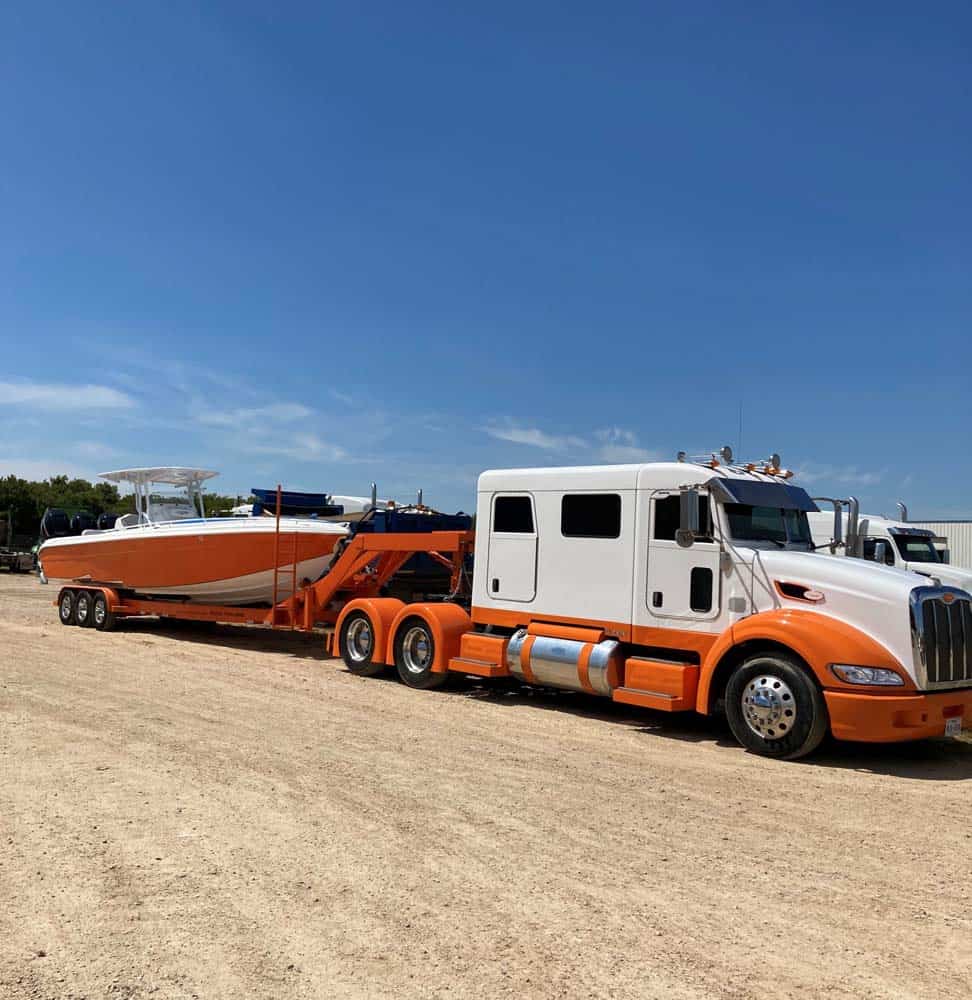Unraveling the Mystery of Superloads: What You Need to Know

When it comes to oversized loads, there’s one load of all load types: the superload. But what exactly is a superload and how does it differ from other large cargo? In this comprehensive guide, we’ll delve into the world of superloads, answering the top five questions about this unique type of shipment. Read along to have a solid understanding and be well-equipped to tackle any challenges that may come your way when dealing with them.
Outline:
1. What is a Superload?
2. How is a Superload Different from an Oversized Load?
3. What are the Requirements for Transporting a Superload?
4. How Much Does it Cost to Transport a Superload?
5. What are the Potential Challenges and Risks Associated with Superloads?
What is a Superload?
A superload is the term used to describe a shipment or cargo that greatly exceeds the standard legal size and weight limits set by the state or local authorities. These loads are typically so large that they require special permits, equipment, and handling procedures to ensure safe and efficient transportation. Superloads can include items like heavy machinery, bridge beams, wind turbine components, and oversized industrial equipment.
How is a Superload Different from an Oversized Load?
While both oversized loads and superloads exceed standard size and weight limitations, the main difference lies in the degree to which they surpass these limits. An oversized load generally exceeds the legal limits by a smaller margin and typically requires only minor adjustments to transport, such as using escort vehicles or obtaining a permit. In contrast, a superload greatly exceeds the limits, necessitating specialized equipment, route planning, and additional safety measures.
What are the Requirements for Transporting a Superload?
Transporting a superload comes with its own unique set of challenges and requirements. Some of the key factors involved in the process include:

- Obtaining the necessary permits: Each state has its own regulations and procedures for issuing superload permits. Transporters must apply for and receive these permits before they can legally move a superload.
- Route planning: Due to their size and weight, superloads often require specific routes that avoid low bridges, narrow roads, and other obstacles. Transporters must carefully plan these routes to ensure a safe and efficient journey.
- Specialized equipment: These often require specialized trailers, cranes, and other equipment to handle their immense size and weight. These pieces of equipment must be properly maintained and operated by trained professionals.
- Escort vehicles and traffic control: In many cases, superloads are accompanied by escort vehicles to help navigate traffic and ensure the safety of other motorists. Traffic control measures may also be necessary to minimize disruptions and delays.
How Much Does it Cost to Transport a Superload?
The cost of transporting a superload can vary widely depending on factors such as distance, equipment requirements, permit fees, and escort vehicle expenses. It’s essential to obtain accurate quotes from multiple transport providers to get a clear understanding of the costs involved. Keep in mind that unexpected delays or complications can lead to increased costs, so it’s crucial to plan for contingencies and have a flexible budget.
What are the Potential Challenges and Risks Associated with Superloads?
Transporting a superload comes with its own set of unique challenges and risks. Some of the most common issues that may arise include:
- Delays in obtaining permits: The process of obtaining superload permits can be time-consuming and may cause delays in transportation.
- Route restrictions and obstacles: Navigating through narrow roads, low bridges, and other obstacles can present significant challenges when transporting a superload.
- Equipment failure: The specialized equipment used to transport superloads is susceptible to breakdowns and malfunctions, which can lead to delays and additional costs.
- Weather-related issues: Adverse weather conditions can pose significant risks during the transportation of a superload, including increased chances of accidents and delays.
- Traffic disruptions: Due to their size, superloads can cause traffic disruptions and delays, which may lead to increased costs and potential liability issues.
By understanding the ins and outs of superloads, you’ll be better prepared to navigate the complex world of oversized cargo transport. With careful planning, the right equipment, and a thorough understanding of regulations and requirements, you can ensure that your superload reaches its destination safely and efficiently.
Why Join VeriTread as a Transport Provider?
VeriTread has 100’s of loads that you won’t find anywhere else with new loads listed every day. When you complete a profile on VeriTread, we learn detailed information about your equipment, your capabilities, and the areas you service. We combine this information with our patent pending freight matching technology to proactively find you the best paying freight available. VeriTread is reserved only for carriers, brokers, and forwarders, who are properly bonded, licensed, and insured which reduces overall risk as well as keeps rates at a fair and profitable level.
CATEGORIES
recent posts

Anchoring Your Budget: Understanding and Managing Boat Transport Costs

Your Guide to Boat Transport Regulations and Permits


